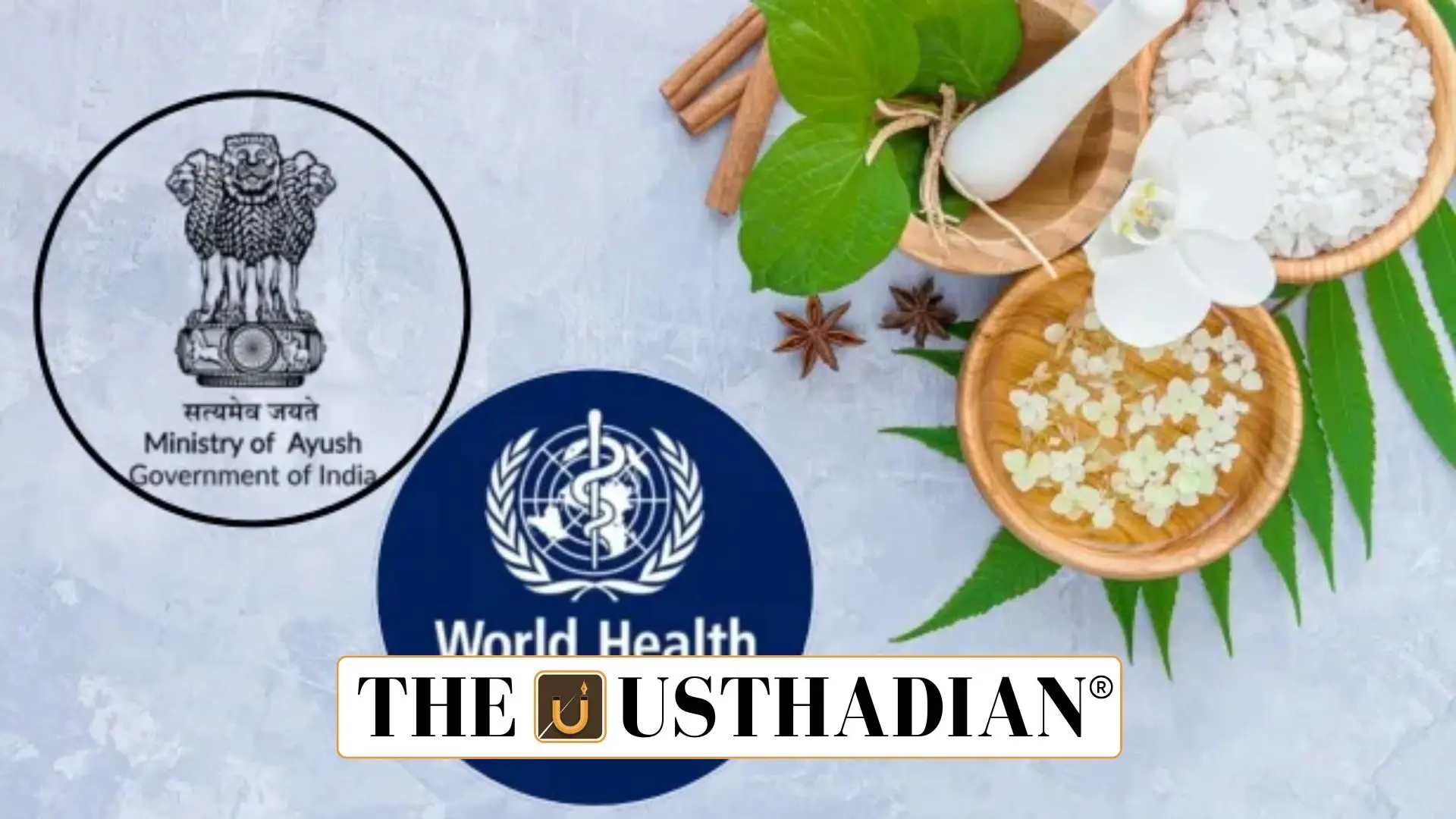India and WHO unite for AYUSH upliftment
India-WHO Agreement Boosts Global Reach of AYUSH Systems: In a significant move, India and the World Health Organization (WHO) have signed a landmark agreement to bring India’s traditional medicine systems to the global platform. The collaboration marks the inclusion of a Traditional Medicine module under the International Classification of Health Interventions (ICHI). This isn’t just a ceremonial move; it standardizes ancient Indian practices like Ayurveda, Yoga, Siddha, and Unani in terms that are globally accepted and scientifically recognized.
What is ICHI and why it matters?
The International Classification of Health Interventions (ICHI) is developed by the WHO. It’s a framework used to record, report, and analyze health interventions across the world. Think of it as a common medical dictionary used by doctors, hospitals, and health statisticians. It ensures that a treatment method, whether it’s a surgery or a yoga session, is coded uniformly across countries. This is important not just for documentation but also for areas like insurance, research, and hospital billing.
Now, India’s traditional healing systems, including Panchakarma therapies and Yoga-based interventions, will be a part of this system. That means a Panchakarma treatment in Kerala will be understood and accepted the same way in Berlin or Tokyo.
Making AYUSH global and accessible
The dedicated Traditional Medicine module within ICHI opens doors to many benefits. First, it makes billing for AYUSH services more transparent and standardized. Second, it helps health insurance systems consider AYUSH treatments just like modern medicine. Third, it improves hospital records and helps researchers use data from AYUSH treatments. And most importantly, it makes traditional Indian medicine systems more globally accessible and acceptable.
About ICD-11 and how it connects
This move complements WHO’s broader system called ICD-11 (International Classification of Diseases, 11th revision), which came into effect in 2022. ICD-11 is used for recording health data such as causes of death, disease spread, and treatment outcomes. With more than 17,000 diagnostic categories, it’s the backbone of global health analysis.
India’s inclusion of AYUSH systems into these global classifications is not just symbolic. It reflects a push toward scientific validation and integration of traditional knowledge with modern health systems.
Static GK Fact: The Ministry of AYUSH in India was formed in 2014 to promote traditional systems of medicine like Ayurveda, Yoga, Naturopathy, Unani, Siddha, and Homeopathy. Siddha medicine is among the oldest systems and is mainly practiced in Tamil Nadu.
Static Usthadian Current Affairs Table
| Key Element | Details |
| Agreement Between | India and WHO |
| Objective | Mainstream AYUSH through global classification |
| Tool Used | International Classification of Health Interventions (ICHI) |
| Traditional Systems Included | Ayurveda, Yoga, Siddha, Unani |
| Benefits | Standard billing, insurance inclusion, better research, global access |
| ICD-11 Launch Year | 2022 |
| Total Diagnostic Categories in ICD-11 | Over 17,000 |
| Ministry Involved | Ministry of AYUSH, India |
| ICHI Developed By | WHO and WHO-FIC |
| Siddha Medicine Region | Tamil Nadu |








